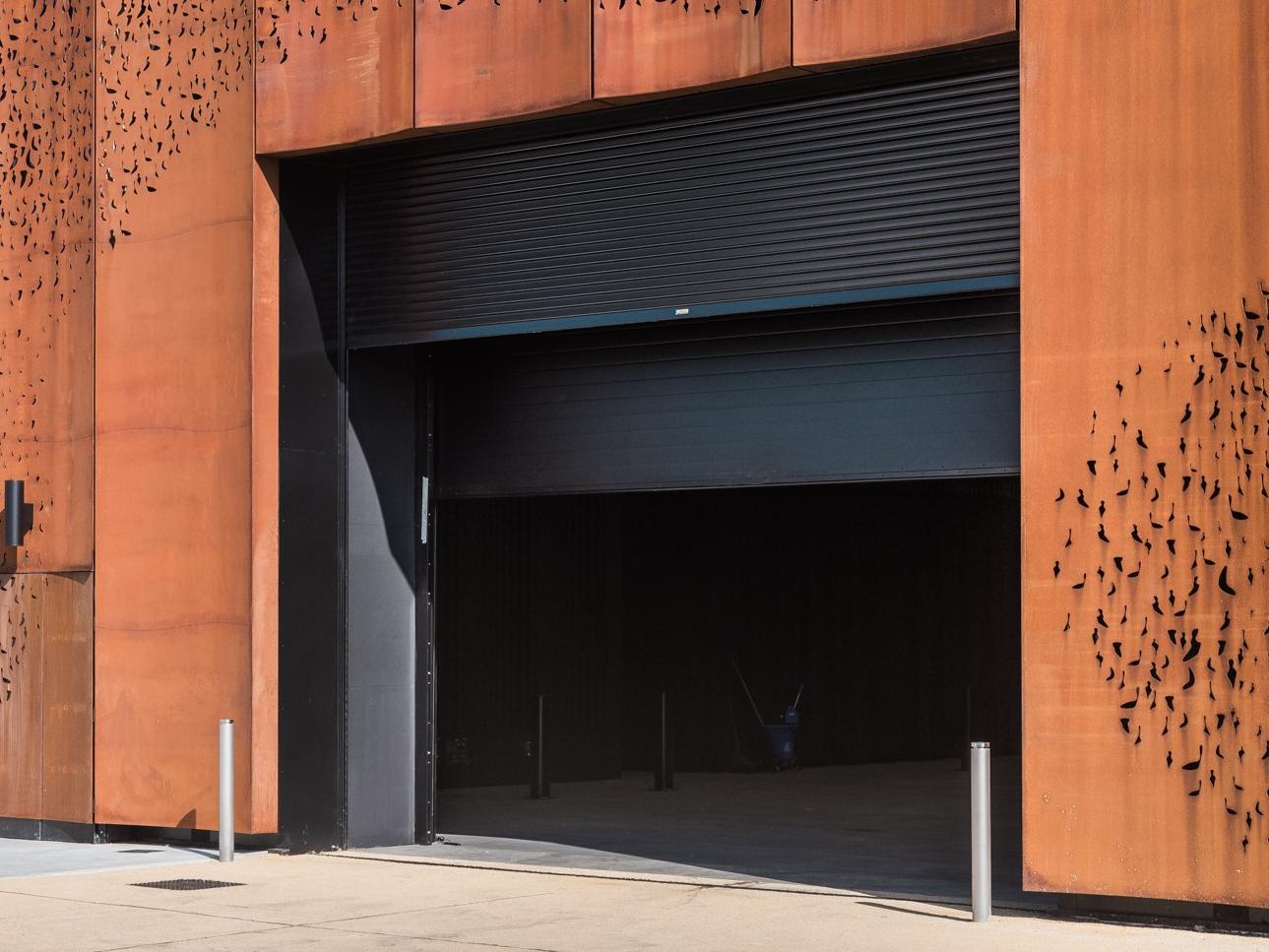
Brian Sims
Editor

Brian Sims
Editor
IMPLEMENTING HIGH levels of security is of paramount importance for today’s organisations. As threat levels increase and attack methods become more sophisticated, those organisations will look towards Best Practice guidance when it comes to upgrading their physical and digital security regimes.

On that basis, there are several key pieces of advice worth bearing in mind for realising the best level of physical security at a given site/location.
Best Practice 1: Layer physical security
If you already have security and/or fire doors in place, but need a higher LPS 1175 Issue 8 rating, a simple solution can be to add a discreet security shutter over the opening.
Hood boxes for security shutters can be hidden in ceiling voids. The lath curtain of the high-security Obexion shutter from Charter Global boasts up to a 50% smaller rolling size than any standard shutter, which then serves to minimise the space required.
This is particularly relevant for listed buildings and heritage sites where a shutter can be integrated behind existing doors or windows, thereby maintaining the aesthetics of a protected building, but still meeting that extra security requirement.
Best Practice 2: E5 + E5 = E10
If you already have security shutters rated to an LPS 1175 Issue 8 standard, but need to upgrade to meet new guidance for your business, you don’t always have to replace what’s there. A less disruptive alternative may be to introduce another layer of physical security.
However, exercise caution and make sure the ‘rules’ are followed. Due to the different tool sets involved, a B3 and C5 will not be a substitute for an E5.
On the other hand, combining an existing LPS 1175 E5 category door or shutter and layering with a second E5-rated shutter will give the result of an E10 product as the tool sets are both the same and the delay time for each can be combined.
Charter Global’s Obexion range of shutters covers all levels of E category up to E20, as well as G5, G10 and G15 products.
Best Practice 3: Don’t let security restrict access
Operational requests can often restrict the security methods available to you. For example, concertina or side-sliding security doors will automatically restrict the width of the opening available, making it difficult to allow vehicles or machinery in and out on an easier basis.
By using a top rolling product, you still have the full width of the aperture.
Best Practice 4: Combine technology and physical security
Did you know that physical security products such as shutters can be linked to full building management control systems, making their operation even easier?
By connecting the shutters to lighting, curtains or fabric blinds, the night-time ritual of closing everything can be carried out at the flick of a switch. Integrated safety systems will also ensure that a shutter never tries to close on an open window or any unusual obstruction.
*Whether you’re upgrading existing solutions or starting from scratch, the team of experts at Charter Global can assist in assessing your needs and providing certified solutions. Call 0845 050 8705 or e-mail [email protected]
**Further information is available online at www.charter-global.com